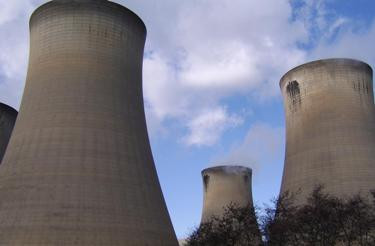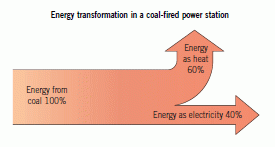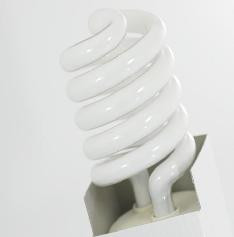The Supply of Electricity
Energy Resources
Humans consume an ever increasing amount of energy resources. Energy resources we use directly are called primary energy resources. Examples include fuel from Oil (diesel and petrol) and renewable such as solar and wind energy. Electricity is a secondary energy resource. It has to be made from a primary resource.
Electricity is used because:
- It can be transmitted long distances.
- It can be used in many ways.
- There is no pollution at the point where it is used.
A sustainable energy supply is one that meets our needs without leaving problems for future generations, for example using up all the resources, air pollution or causing climate change.
Efficiency
The efficiency of an energy transfer is the percentage or fraction, of the energy input that is transferred to useful output. Whenever energy is transferred from a primary resource to electricity the heat process wastes some energy. No power station is 100% efficient.
In a coal fired power station, for every 100 J of energy stored in the coal that is burned, only 40 J is transferred to the electricity. Energy is a conserved quantity, which means that the total amount of energy remains the same. The 60 J of energy that is not transferred to the electricity is wasted and ends up as heat, resulting in a slight temperature increase in the surrounding area.


A Sankey energy flow diagram shows the energy transfer taking place. The width of the arrows is proportional to the amount of energy represented by the arrow.

Improving Efficiency
The European Union (EU) has banned the sale of 100 W filament lamps because about 90 per cent of the input energy is wasted as heat. Their efficiency is only 10 per cent because only 10 per cent of the output is useful light. Replacement lamps like compact fluorescent lamps (CFLs) are more efficient. For example, a CFL that uses 18 J of energy, each second emits 10 J of light.
Its efficiency is:
= 10 × 100 = 56%
18

As more of the chemical energy stored in the gas is transferred to the electricity. Gas fired power stations are more efficient than coal fired power stations.Gas fired power stations are about 50% efficient compared to 40% efficiency for coal fired power stations.
Solar Energy
There are two ways of using solar energy:
- Solar cells (sometimes called photocells) transfer energy from sunlight into electricity.
- Passive solar heating uses radiation from the Sun to heat water.
